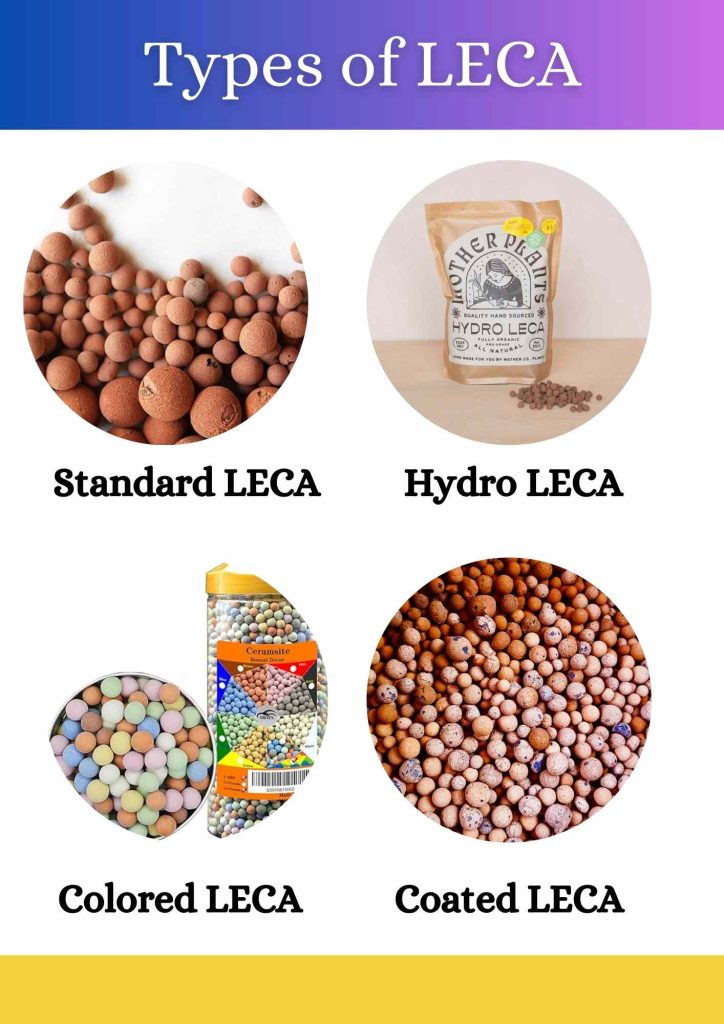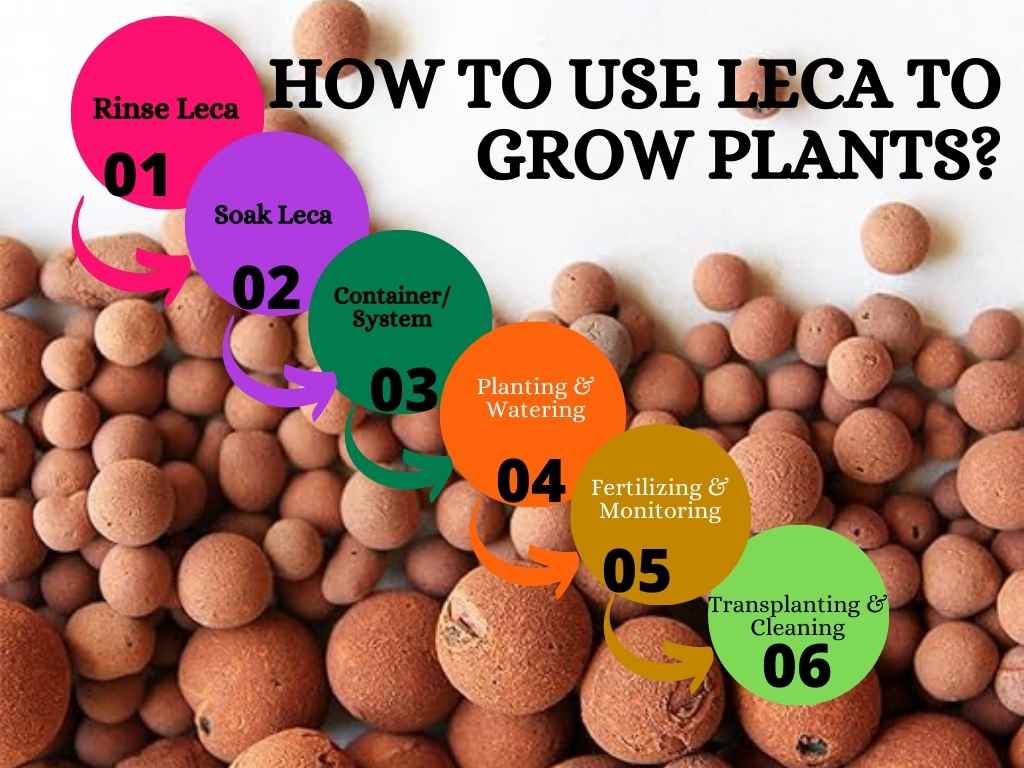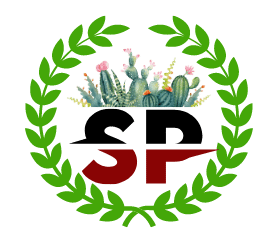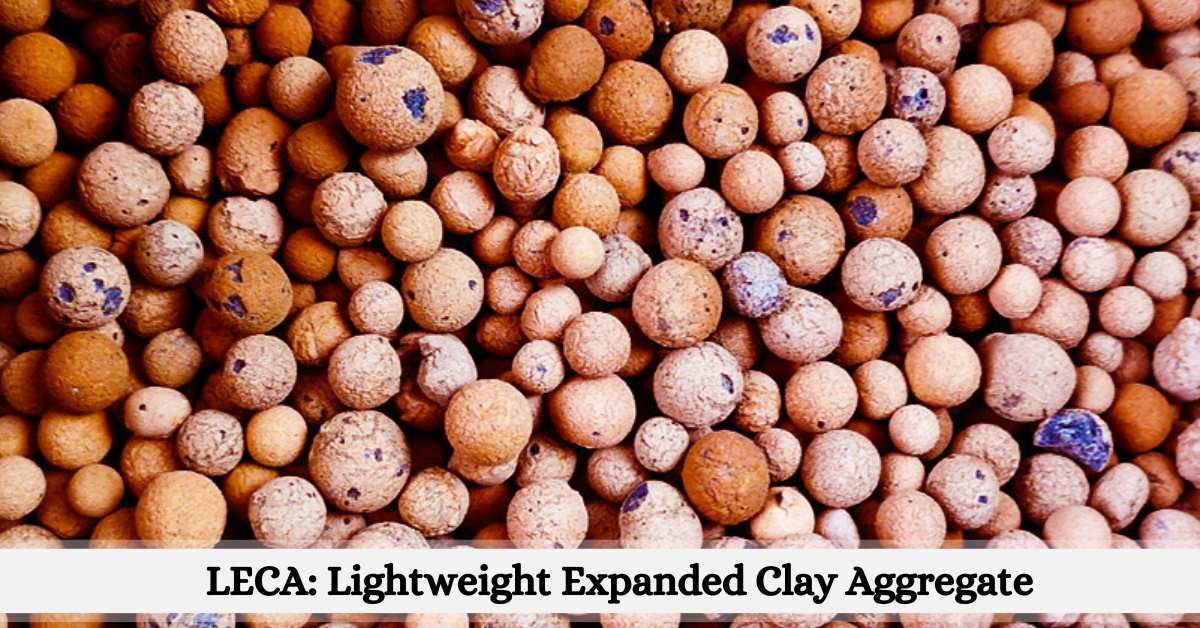Introduction
In the ever-evolving world of gardening, a silent revolution is taking root, capturing the imagination of plant enthusiasts and horticulturists alike. LECA, or Lightweight Expanded Clay Aggregate, is a seemingly humble yet revolutionary component reshaping how we cultivate plants. As interest in sustainable and efficient gardening practices grows, LECA balls have emerged as the unsung heroes, transforming the landscape of modern horticulture. These small, porous balls, with their unique properties, are becoming the go-to choice for plant lovers seeking optimal growth conditions. Join the wave of curiosity as we explore the burgeoning fascination with this innovation and delve into its profound impact on the art and science of nurturing green life.
Characteristics of Best LECA
1. Lightweight Nature: Best one is prized for its lightness, making it easy to handle and ideal for various gardening applications.
2. Porous Texture: Optimal aggregate has a porous surface, promoting excellent aeration, and drainage, and preventing root rot.
3. Neutral pH: High-quality aggregate maintains a neutral pH, creating a stable environment for root development and nutrient uptake.
4. Inert Composition: The best one is inert, ensuring it doesn’t release harmful substances, and providing a clean and safe growing medium.
5. Uniform Size: Consistency in size of aggregate facilitates proper water distribution and nutrient availability for balanced plant growth.

6. Reusable: It should be cleanable and reusable, promoting sustainability in gardening practices.
7. Insulating Properties: It insulates plant roots from extreme temperatures, creating a stable environment for optimal growth.
8. Versatility: It should be versatile, suitable for hydroponics, container gardening, and as a component in soil mixes.
9. Durable and Long-Lasting: It should be durable and can withstand prolonged use without breaking down.
10. Cost-Effective: While initial costs may be higher, the longevity and reusability of LECA make it cost-effective in the long run.
Types of LECA
1. Standard LECA: This is the most common type, known for its lightweight and porous structure. It provides excellent aeration and drainage, making it suitable for a wide range of plants.
2. Hydro LECA: Specifically designed for hydroponic systems, Hydro LECA has enhanced water retention properties while maintaining good aeration. It is popular in hydroponic setups where precise control over nutrient delivery is crucial.
3. Colored LECA: Some varieties come in different colors, adding an aesthetic element to plant arrangements. While the color doesn’t impact the functionality, it allows for creative and visually appealing gardening designs.

4. Pre-washed LECA: This type has undergone cleaning processes to remove dust and debris, reducing the risk of clogging in hydroponic systems. It provides a ready-to-use option for hassle-free gardening.
5. Coated LECA: Some varieties come with coatings to improve water retention or nutrient absorption. These coatings can enhance the performance of lightweight expanded clay aggregate in specific gardening setups.
6. Agricultural LECA: Tailored for agricultural applications, this type of Lightweight expanded clay aggregate is often used to improve soil structure, drainage, and aeration in larger-scale farming operations.
7. Specialized LECA for Orchids or Bonsai: Some lightweight expanded clay aggregate products are designed with specific plants in mind, such as orchids or bonsai. These may have unique characteristics tailored to the needs of these particular plants.
How to use LECA to Grow Plants?
Lightweight Expanded Clay Aggregate, is a popular plant-growing medium. It’s made by heating clay to high temperatures, causing it to expand into lightweight, porous balls. It provides good aeration and drainage, making it an excellent choice for hydroponics, aquaponics, and traditional container gardening.
Here’s how you can use lightweight expanded clay aggregate to grow plants:

- Rinse Leca: Wash it thoroughly to remove dust.
- Soak Leca: If using in a hydroponic system, soak it before planting.
- Container/ System: Choose a well-draining container or hydroponic system.
- Planting: Place a layer at the bottom, set plants, and fill in with more Leca.
- Watering: Allow Leca to dry slightly between waterings to prevent overwatering.
- Fertilizing: Use liquid or slow-release fertilizers since lightweight expanded clay aggregate doesn’t contain nutrients.
- Monitoring: Regularly check moisture levels, and plant health, and adjust care accordingly.
- Transplanting: Gently remove plants, rinse roots, and replant in fresh lightweight expanded clay aggregate periodically.
- Cleaning: Rinse or soak Leca in mild detergent if salts or algae accumulate.
How to Care for Plants Growing in Leca?
i. Watering: Allow Leca to slightly dry between waterings; avoid overwatering.
ii. Fertilizing: Provide nutrients since light weight clay aggregate is inert; use liquid or slow-release fertilizers.
iii. Monitoring: Regularly check moisture levels, and plant health, and adjust care accordingly.
iv. Transplanting: Periodically transplant plants, rinsing roots, and replanting in fresh Leca.
v. Cleaning: Rinse or soak Leca in mild detergent if salts or algae accumulate.
vi. Light: Ensure proper light conditions based on the plant species.
vii. Temperature: Maintain appropriate temperature levels for your plants.
viii. Humidity: Adjust humidity as needed, depending on plant requirements.
ix. Air Circulation: Promote good air circulation to prevent issues like mold.
x. Pruning: Trim and prune plants as necessary for optimal growth.
Plants Best Suited to Grow Using LECA
light weight expanded clay aggregate is a versatile growing medium suitable for various plants, but it’s particularly well-suited for the following:

1. Orchids: light weight clay aggregate provides excellent aeration and drainage, crucial for orchids that prefer well-aerated roots.
2. Succulents and Cacti: light weight expanded clay aggregate helps prevent waterlogging, making it ideal for plants that require well-draining soil.
3. Epiphytic Plants: Air plants and other epiphytes thrive in Leca due to their aeration and support for their unique root structures.
4. Hydroponic Crops: lightweight expanded clay aggregate is commonly used in hydroponic systems for growing vegetables, herbs, and other crops.
5. Carnivorous Plants: Plants like Venus flytraps benefit from the aeration and moisture control provided by Leca.
6. Herbs: Many herbs, such as basil and mint, do well in Leca, especially in hydroponic or aquaponic setups.

7. Aroids: Plants like pothos and philodendrons, which enjoy a well-aerated root system, can thrive in Leca.
8. Bromeliads: These plants with specialized water-holding structures can do well, providing proper moisture management.
9. Air-Purifying Plants: Plants known for air purification, like snake plants and spider plants, can grow successfully in Leca.
10. Seedlings and Cuttings: lightweight expanded clay aggregate is suitable for starting seeds and propagating cuttings due to its light structure and aeration.
Plants to Avoid Growing in Leca
While Lightweight Expanded Clay Aggregate is suitable for many plants, certain types may not thrive or are more challenging to grow in this medium. Some of the such plants are:-
1. Plants Requiring Constant Moisture: Plants that prefer consistently moist soil, such as ferns and certain tropical plants, might struggle in the fast-draining environment of Leca.
2. Bog Plants: Species that naturally grow in boggy conditions, like some carnivorous plants, may not thrive in this medium.
3. Water-Loving Plants: Plants that naturally grow in aquatic environments or alongside water bodies may not get the consistent water supply they need from light weight clay aggregate.
4. Plants Sensitive to Drying Out Quickly: Some plants, especially those with delicate or sensitive root systems, may not tolerate the rapid drying out that can occur with with this aggregate.
5. Plants Preferring Heavy Soils: Plants that thrive in dense, heavy soils, like certain roses or fruit trees, might not receive the necessary stability and nutrient retention from this aggregate.
6. Plants with Invasive Roots: Species with aggressive or invasive root systems may not be well-contained in lightweight expanded clay aggregate, leading to potential issues.
7. Plants with High Nutrient Requirements: If a plant requires a nutrient-rich environment that this medium doesn’t naturally provide, it might need additional supplementation.
Benefits of Leca for Plants
1. Excellent Aeration: Leca provides optimal air circulation to plant roots.
2. Superb Drainage: Promotes efficient water drainage, preventing root rot.
3. Lightweight: Facilitates easy handling and transport.
4. Reusable: Can be cleaned and reused, reducing environmental impact.
5. pH Neutral: Maintains a neutral pH, adaptable to various plant needs.
6. Inert Material: Does not compact, ensuring long-lasting root support.
7. Prevents Overwatering: Helps prevent waterlogged conditions, promoting healthier plants.
8. Hydroponic Versatility: Ideal for hydroponic systems, supporting nutrient delivery.
9. Minimizes Pest Issues: Discourages pests and diseases by reducing excess moisture.
10. Suitable for Various Plants: Versatile, accommodating a wide range of plant types.
Challenges and Considerations
Using Leca for plants requires careful nutrient management due to its inert nature, and attention to moisture levels to prevent over-drying. While its lightweight and versatile characteristics offer benefits, users must be mindful of potential challenges such as the initial cost and specific plant compatibility.
Additionally, transplanting procedures in this aggregate medium demands careful handling to avoid root damage, and its fast-draining nature may not suit plants requiring consistently moist conditions. Despite these challenges, proper care and understanding of light weight clay aggregate properties can lead to successful plant growth.
Where to Buy LECA?
Lightweight Expanded Clay Aggregate, is commonly available at various places. Here are some options:
a. Garden Centers: Many local garden centers or nurseries carry Leca in bags or bulk.
b. Hydroponic Stores: Stores specializing in hydroponics or indoor gardening supplies often stock Leca for hydroponic systems.
c. Online Retailers: Numerous online retailers, such as Amazon, eBay, or specialized gardening websites, offer Leca for purchase.
d. Home Improvement Stores: Large home improvement stores may have this growing medium in their gardening or hydroponic sections.
e. Specialty Plant Shops: Shops focusing on specific plant types, like orchid shops, may carry Leca due to its suitability for certain plants.
f. Hydroponic Supply Shops: Stores catering to hydroponic and aquaponic growers are likely to have lightweight expanded clay aggregate available.
Price
Prices can vary based on location, time, brand, and packaging size. In common a 10-liter bag of LECA in the United States might range from $10 to USD 20. To get the most accurate and up-to-date pricing information, it’s recommended to check with local garden centers, home improvement stores, or online retailers that specialize in gardening or hydroponic supplies.
Final Verdict
Lightweight Expanded Clay Aggregate is a versatile and beneficial growing medium for various plants. Its excellent aeration, drainage properties, and suitability for hydroponic systems make it a popular choice among gardeners. However, potential challenges include nutrient management, careful moisture monitoring, and the initial cost. With proper care and understanding of plant requirements, this aggregate growing medium can be a successful and sustainable option for plant cultivation.
FAQS
1. Why is LECA better than water?
LECA is not better than water; it serves different purposes. In fact, it is a growing medium providing aeration and support for roots, while water is essential for plant hydration and nutrient transport. Both are necessary for successful plant cultivation.
2. Can I mix LECA with soil?
Yes, you can mix Lightweight Expanded Clay Aggregate with soil. This combination can improve soil aeration, drainage, and overall structure, promoting healthier plant growth. Adjust the ratio based on the specific requirements of the plants you are cultivating.
3. Can I use LECA without soaking?
While it’s generally recommended to soak Lightweight Expanded Clay Aggregate before use, especially in hydroponic systems, some gardeners choose to use it without soaking for certain applications. If you’re using LECA in traditional soil or as a top dressing, soaking may be less critical.
4. Can you grow orchids in LECA?
Yes, orchids can be successfully grown in Lightweight Expanded Clay Aggregate. This medium provides excellent aeration and drainage, which are crucial for orchid roots. The porous nature of LECA also helps prevent overwatering, which is important for orchids that are sensitive to waterlogged conditions. Many orchid enthusiasts use this medium as a growing medium in orchid cultivation, especially in hydroponic or semi-hydroponic set.
References
Expanded clay aggregate – Wikipedia

